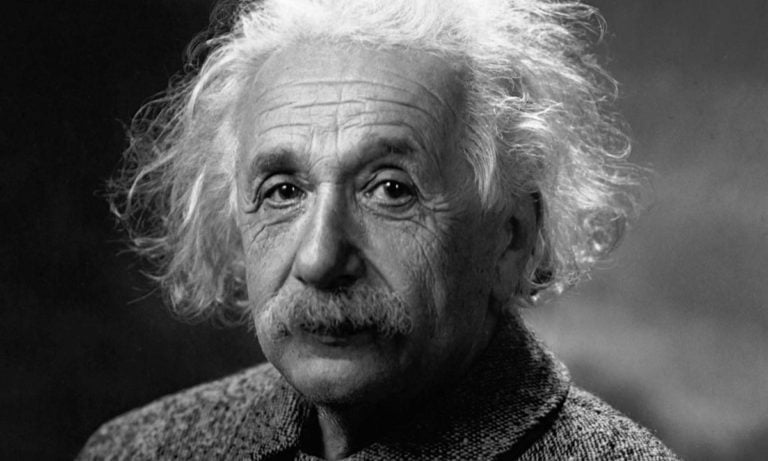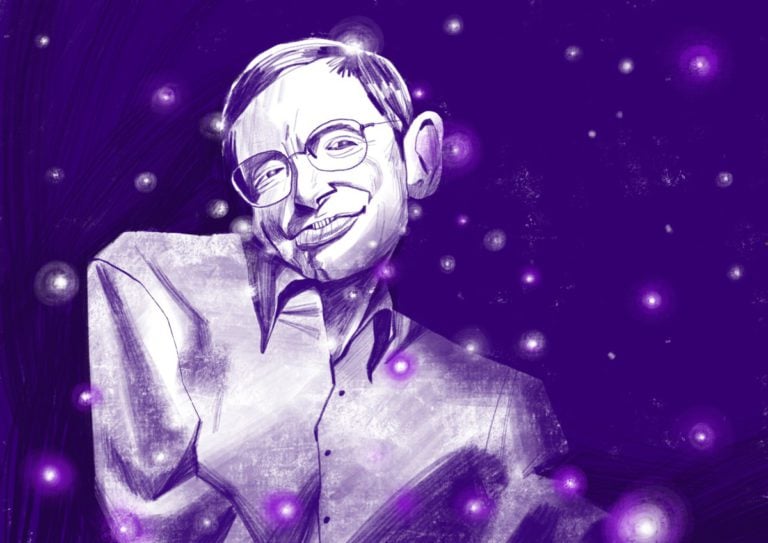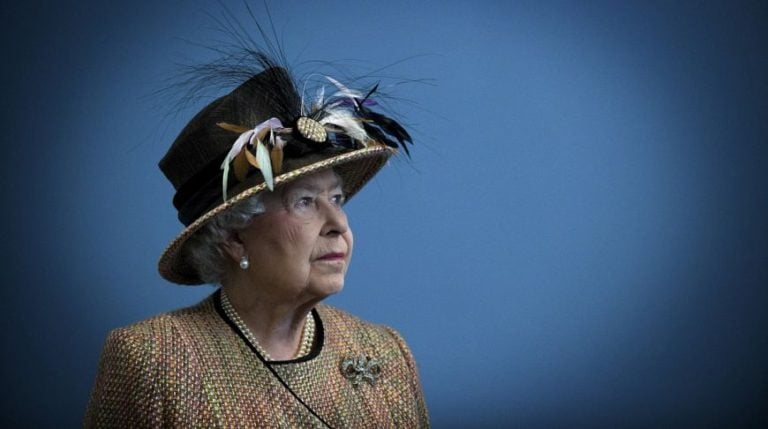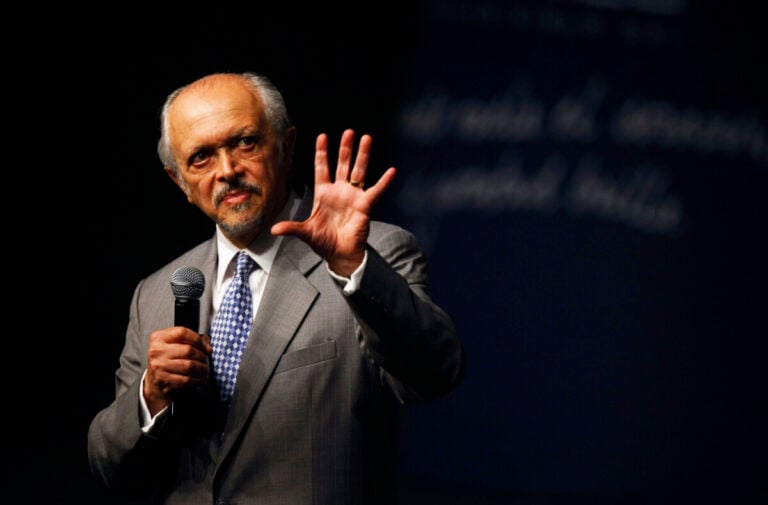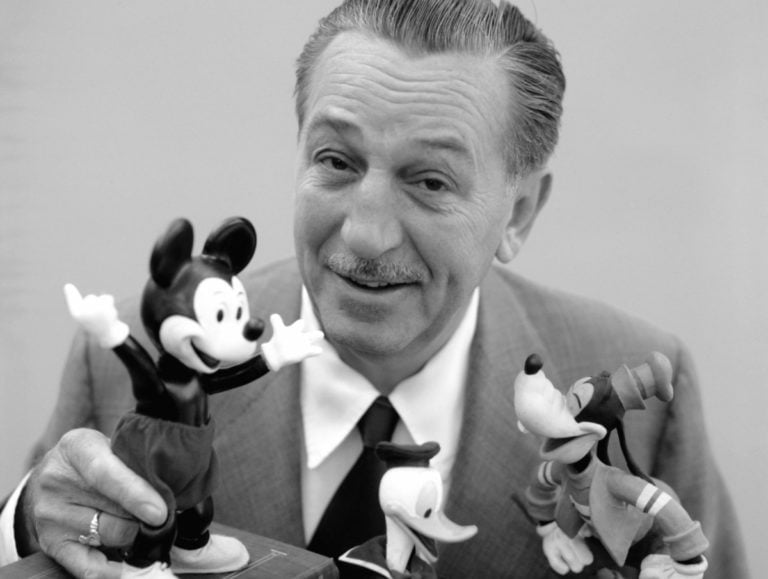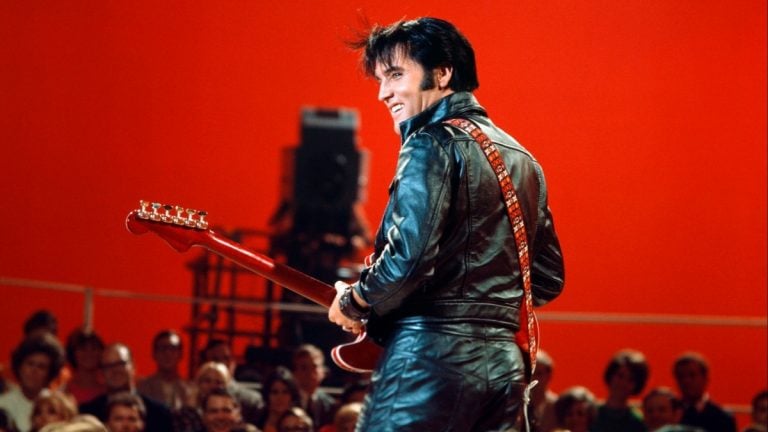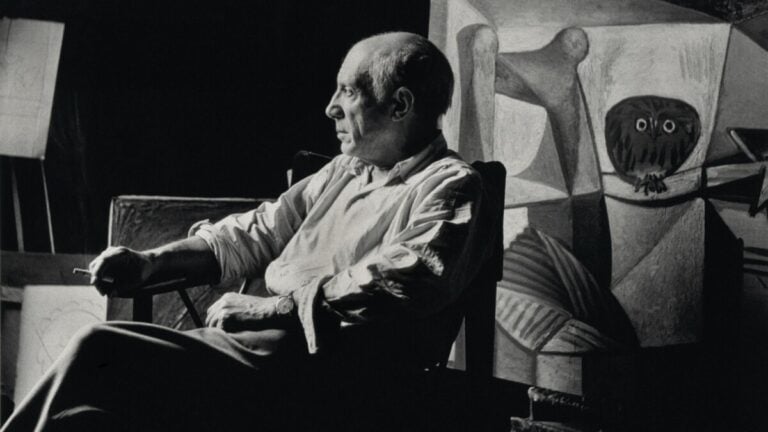Charles Darwin was born in the English town of Shrewsbury. He belonged to a famous and wealthy family. One of his grandparents, Erasmus Darwin, was a physician of poetic success, the other, Josiah Wedgwood, the founder of the still famous porcelain factory.
Childhood and youth
Since childhood, nature has been his greatest passion. While still at school, he became interested in hunting and often participated in the hunt. He could not boast of good results in his studies, and teachers considered him intellectually less developed than the average boys of his age. Therefore, his father sent him to the University of Edinburgh, where Charles’ older brother studied medicine. However, young Charles Darwin was not interested in medicine, so he gave it up after two years.
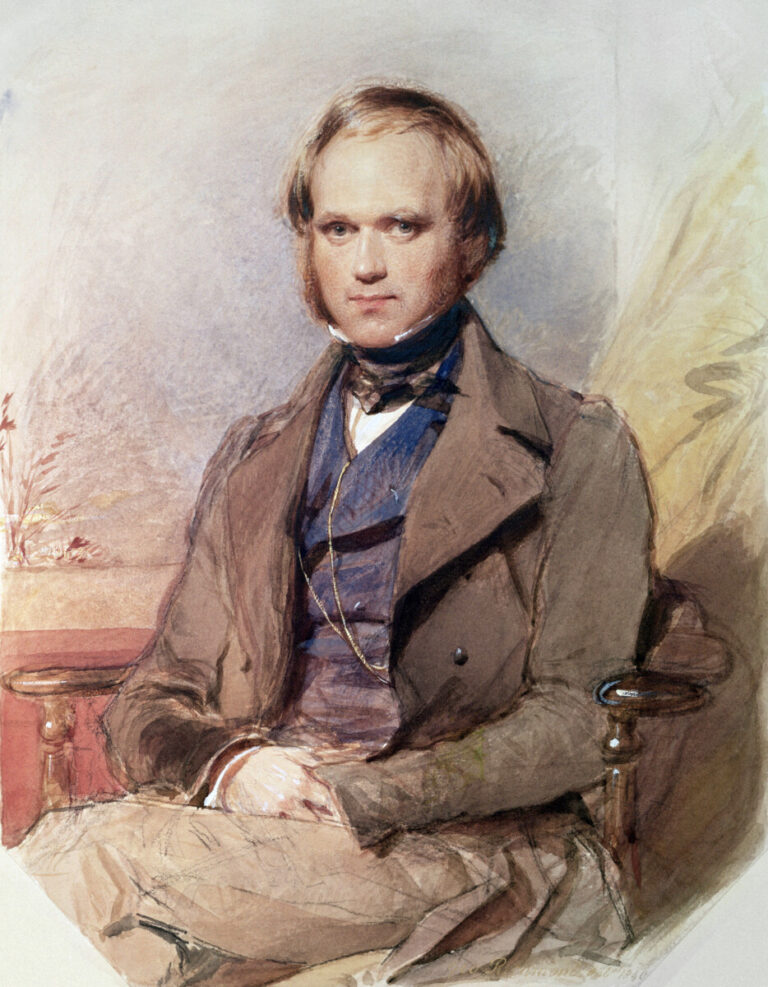
The father, seeing his son’s lack of interest in the sciences, invited him to become a clergyman. After deliberation, Charles decided to study theology at the University of Cambridge, mainly because it would provide him with a lucrative job as a priest. However, during his three years of study, Darwin devoted himself mainly to his new passion, entomology, and listened with interest only to lectures on botany by the Anglican clergyman, the eminent professor of biology, John Stevens Henslow.
Thanks to his acquaintance with Henslow, Charles Darwin was able not only to talk about his hobbies, but also received help in catching up and preparing for the final exams at Cambridge.
A turning point in my life
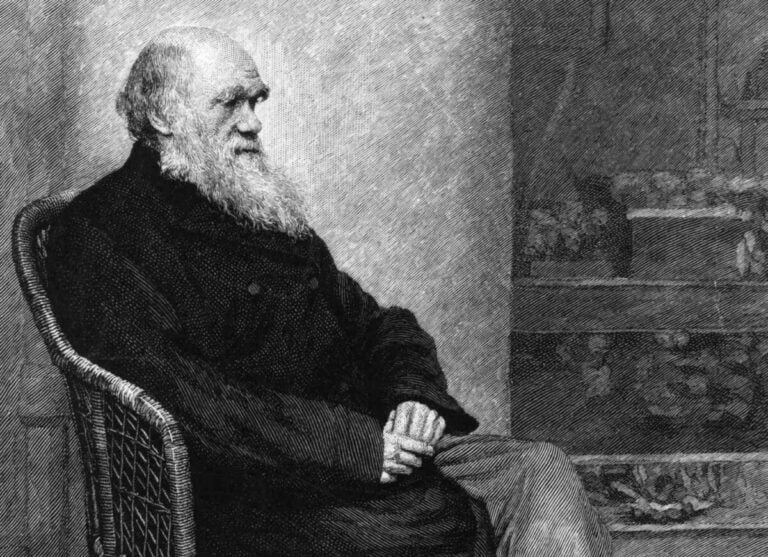
After his return, in 1836, he settled in London, but six years later, together with his wife Emmy Wedgwood, he moved to the small town of Don near London.
Charles Darwin brought back almost 1,400 pages of notes on geology and zoology, various specimens in formalin, and almost 4,000 sheets of paper from his journey on the Beagle. By the time of his return, some of his discoveries and observations were already known to the scientific community in England.
There is information about birds from the Galapagos Islands, which were later called Darwin’s finches, the so-called donations. Returning to London in 1836, the scientist learned that 13 outwardly identical birds belong to different species. Due to the fact that they inhabited different islands of the archipelago and lived in different conditions, they developed different characteristics. Six species fed on fruits, six on seeds, and one fed in the same way as woodpeckers. At first, Charles Darwin considered this only evidence of the transition from one species to another, but in the end this observation formed the basis of the famous theory of evolution.
Darwin’s theory of evolution

One of the revolutionary thoughts of Charles Darwin, arising from the theory of evolution, was the thesis of the existence of a common ancestor of man and monkey. It revolutionized the world, the consequence of which was the perception of man as part of an ever-changing nature. The scientist outlined his thoughts on this issue in the work “The Origin of Man”.
The theory of evolution was first presented in 1858 in the Journal of the Linnean Society. It was in the form of a short post. Its co-author was Alfred Russel Wallace, who simultaneously and independently of Charles Darwin developed a similar theory while collecting rare specimens in Borneo. However, the publication then went unnoticed.
It was not until a year later (1859) that Charles Darwin became widely known for his book On the Origin of Species by Means of Natural Selection, or the Preservation of the Privileged Races in the Struggle for Survival.
No other publication on nature in the nineteenth century caused such a sensation among scientists. Only a small group of scientists unambiguously supported the views of Charles Darwin. Others vehemently fought this theory or accepted it with great doubt. The theory of Charles Darwin, although problematic, is still of great value and is the basis of modern biology.
However, scientists are currently looking for alternative mechanisms of evolution. There are no fossils of transitional species that Charles Darwin theorized should have existed. This proves that evolution could have been abrupt rather than gradual.
On the other hand, there is evidence that evolution occurs through the selection of new traits from existing species. An example is the moth that lived in the nineteenth century on polluted industrial sites that turned dark.
Geology of Darwin
Geology was the second area of great interest of Charles Darwin. During the cruise on the Beagle, he studied the book “Principles of Geology” by the best English geologist Charles Lyell. Thanks to reading, he was able to get acquainted with this area of science, to study the patterns that guide geological processes. All this led him to believe that the Earth is very old.
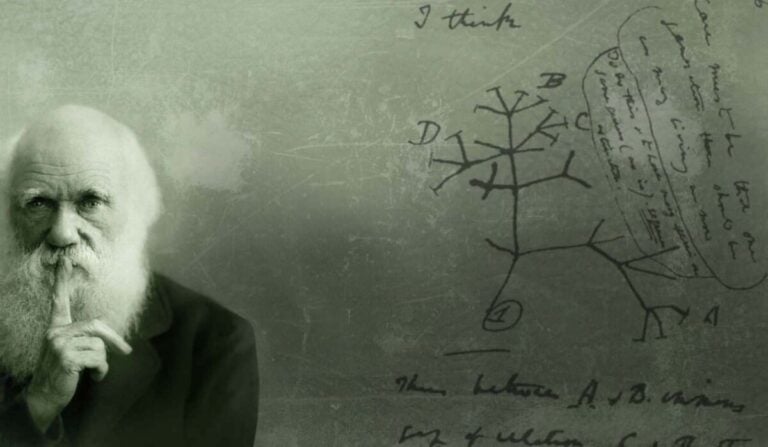
Shortly after returning from the expedition, he prepared the manuscript of Geological Observations. He was also the author of Geological Observations of South America, in which he presented evidence for the gradual uplift of the continent. Darwin was also a member of the Geological Society of London and its secretary from 1837 to 1840.
The trip also resulted in a monograph on shells. These crustaceans posed a big problem for shipping, because, settling on the surface of ships, they spread with them throughout all sea areas. They were the cause of many naval casualties.

